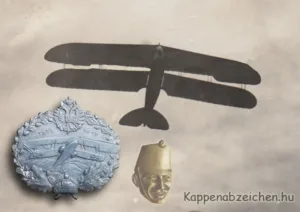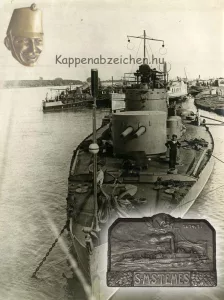Weapons

42 cm howitzer
Both the Monarchy and the German Empire produced giant 42 cm caliber guns. Their destructive power was enormous. However, their ...

M75/96 field gun
I recently came across a field correspondence stamped with the number 5/5 positional battery. This number was similar to the ...

M 16 38 cm siege howitzer
I don’t really know for what reason, but although the Monarchy was not able to produce the necessary quantities of ...

Lohner Pfeilflieger
The Lohner Pfeilflieger got its name from the backward-pointing wings. The first plane was completed in 1912. Soon it was ...

M 15 110 cm searchlight
I have already dealt with the use of searchlights in general here. The most important development process was that the ...

Tegetthoff-class battleships
The Monarchy’s navy developed at a rapid pace from the 1880s onwards. The effort resulted in the world’s sixth largest ...




